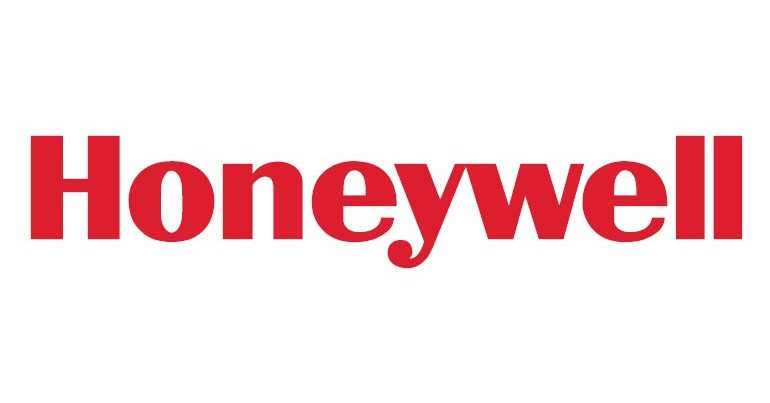Travel
Latest destination for travel brands: Retail Media Networks – Brand Innovators

The car taking you to the airport is part of a media network. So is the seat-back screen in your flight. And so is the app you used to book your travel.
Retail media networks are no longer the domain of merchants who want to leverage shopper data and real-world locations to sell in-store advertising. Travel companies—hotel chains, airlines and even the ride-share companies—are leveraging their rich data from guests and connections with other verticals to offer brands an opportunity for personalized, contextual advertising at scale in a post-cookie world.
“The retail media space is exciting for a number of reasons,” said Matt Wurst, CMO of Genuin, a video provider that works with many brands and networks. For travel companies, he explained, these networks offer an opportunity to monetize their owned media platforms by connecting brands with their audience. And in addition to creating a revenue stream, the platforms also drive user engagement and time on site, which drives return on investment and other key performance indicators, said Wurst: “The audience is there, they are receptive, and it’s a contextually relevant play where everyone wins.”
Retail advertising is on the rise, with spending in the segment expected to grow about 30% in 2024. The increase is powered largely by these networks, and their programmatic offerings, which are expected to rake in $20 billion in spending, up from $7.5 billion in 2023. There is obviously a lot of money to be made; during a conference call with analysts last year, Uber CEO Dara Khosrowshahi said the company expects to make $1 billion in revenue from advertising in 2024.
Travel companies have taken that lesson to heart. Marriott became the first hospitality company to launch a retail media network, with the introduction of Marriott Media Network in 2022. The same year, Uber launched Journey Ads and rival Lyft introduced Lyft Media. And the ranks of travel RMNs keep growing. United Airlines took to the stage during the recent Cannes Lions festival to introduce its new retail media network, Kinective Media. And travel platform Expedia launched Expedia Group Media Solutions during its annual conference in May.
Retail advertising has come a long way from the days of in-store displays and banner ads on e-commerce sites. McKinsey estimated the sector could grow to $100 billion in ad spending by 2026 and this new breed of commerce media now includes shoppable ads, addressable TV and many other channels. And as McKinsey’s analysts noted: “The first-party data and customer touchpoints owned by hospitality brands, travel and hotel providers… may also lend themselves to contextual advertising that consumers opt into in return for more relevant, tailored experiences.”
The travel companies are setting sail into a marketplace that is becoming more competitive. Home Depot, an established player that launched its RMN in 2018, recently rebranded it as Orange Apron Media and hosted what it called an InFront presentation for media buyers modeled after the TV upfronts, to attract more advertiser dollars; and companies in other verticals, such as JP Morgan Chase, have also entered the fray recently.
Retail media networks have gained popularity in recent years as merchants benefit from offering scale to advertisers, leveraging the media they own via their real-life locations and their e-commerce portals. Expedia has more than 20 years’ experience publishing more than 200 websites in over 70 countries, which makes it “no stranger to travel publishing,” said Angelique Miller, VP, Media Studio, at Expedia Group Media Solutions. Richard Nunn, CEO of MileagePlus noted United flew 64 million people in 2023 and it was already serving up ads on its inflight screens. “We were already doing this in reality,” before launching Kinective, he said.
And the audience travel networks can deliver is a desirable one. As Khosrowshahi told the financial analysts, Journey Ads offers “a very, very high end customer” to advertisers and boasted that engagement in Journey Ads is high, with 3% click through rates.

Data advantages, educational challenges
The travel companies are in a strong position to compete for ad dollars, because they have rich stores of data that offer insight into consumers, gathered through their loyalty programs. United’s MileagePlus has over 100 million members worldwide; Marriott’s Bonvoy has over 196 million. “Obviously, we’re sitting on a bunch of data,” said Nunn, noting that the data is high-quality and verified, since traveler information has to be accurate for a passenger to get on a plane.
“A shift to a cookieless world will make it much harder for brands to track and target travelers as they move through what has become a very complex journey,” said Miller. A company like Expedia, which is less reliant on third-party data, can reduce the impact of cookie deprecation, especially at a time when the path to purchase is such a fragmented journey, she said.
“With a shift in how people are seeking inspiration, searching for, and booking travel, we continue to adapt and innovate on behalf of our partners to match these shifts,” Miller said. She noted that Expedia research has found the average traveler goes through 141 pages of travel-related content over 45 days before travel. “This fragmentation teaches us all that it’s more important than ever to meet the customers where they are,” she said. By using data to understand their habits and preferences, brands can make better decisions, she explained.
By connecting travel data, dwell times—those stretches of time spent waiting for a flight or traveling between airport and hotel, can be transformed into an opportunity, said Nunn. While an arrival delay can be a pain point for a traveler, an advertiser can step in with information that is useful in context—offering a traveler who’s renting a house the opportunity to order a grocery delivery in advance, for example.
And while destinations and other travel-related advertisers are making wide use of travel RMNs, other types of brands can also benefit from the contextual advantage. Nunn noted Kinective’s launch clients included both travel companies, but also brands such as Chase and Macy’s.
“I think the opportunity of this whole media network first-party opportunity is how we collaborate and not compete. That is where the publisher side has fallen down in recent years,” Nunn said. He noted that for many brands, additional media spend is being swept into the same social media and search portals they have always used, when RMNs offer a better targeted opportunity.
The data-driven approach and the sharing of data open up some concerns about privacy and sharing proprietary information. As Miller explained: “data protection is a big consideration for anyone who is working in this space.” Many RMNs rely on data “clean rooms” that allow brands to collaborate while protecting data privacy.
The travel companies also have to shift their perception of what they can do to accommodate different partnerships. Nunn noted United has run tests with LiveNation and TicketMaster to serve ticket offers to travelers based on their destinations.
Understanding the various audiences that have to be involved when connecting media properties could be the biggest challenge to an RMN, said Nunn. “We’re an airline. Many of these networks were set up by retailers,” he said. Launching Kinctive required an education effort to “communicate the value of the data and the asset we’re sitting on,” he said. “We had to say: why us?”
RMNs give travel companies the opportunity to turn their loyalty programs from a cost center into a revenue opportunity, as well as monetizing their websites, digital displays and other owned media channels, said Genuin’s Wurst: It’s really an opportunity to reclaim ownership of not just the data, but of content, of community experiences and the relationship with the consumer.”









